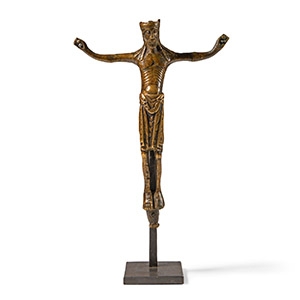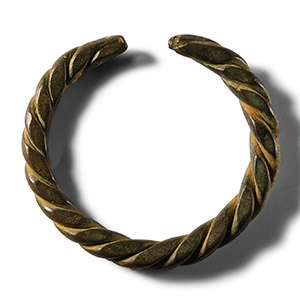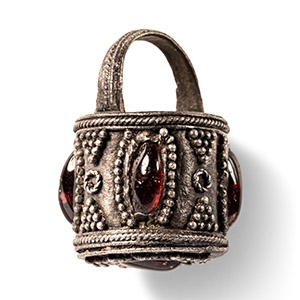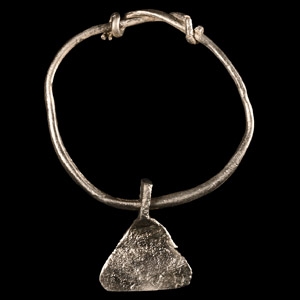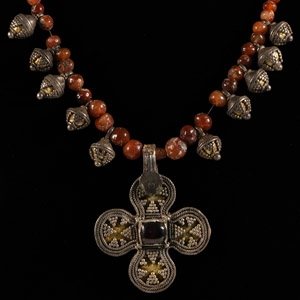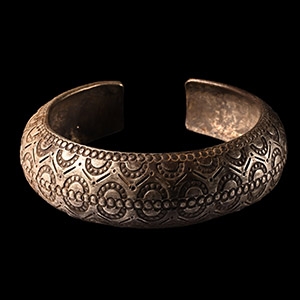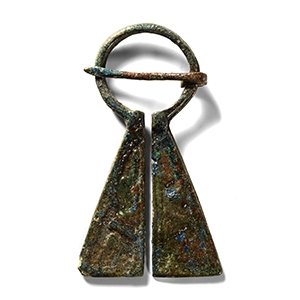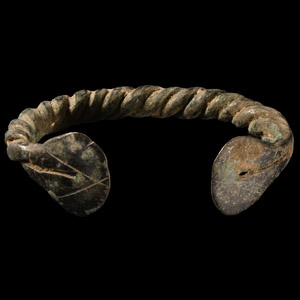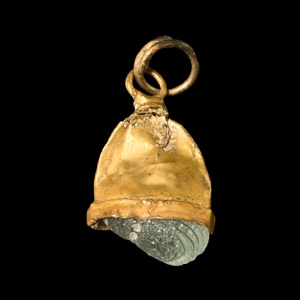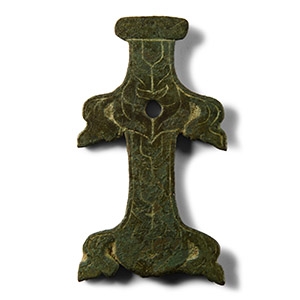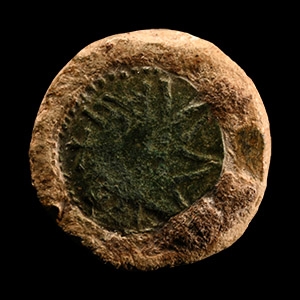Home > Auctions > 5 - 9 March 2024: Ancient Art, Antiquities,
Natural History & Coins
Auction Highlights:
From a London collection; acquired on the UK and European art markets before 2001.
Cf. Sedov, B.B., Finno-Ugri i Balti v Epokhi Srednevekovija, Moscow, 1987, pl.XLV(6), for type.
Private collection formed in Europe in the 1980s.
Westminster collection, central London, UK.
Cf. Khrapunov, I. and Stylegar, F.A., Inter Ambo Maria, Contacts between Scandinavia and the Crimea in the Roman Period, Бажан И, А., Каргапольцев С, Ю, 1989, Об одной категории украшений-амулетов римского времени в Восточной Европе, СА, No.3; see. Meaney, A., Anglo-Saxon Amulets and Curing Stones, Oxford, BAR British Series 96, 1981, p.166-168, for discussion of the type.
Pendants in the form of miniature buckets have been found in a number of pagan Anglo-Saxon and Viking contexts and are generally made of bronze or iron, with gold examples being rare; three gold examples were found with the hoard from Hoen, Norway. Bronze bucket amulets have been found at Driffield in Yorkshire, and Vimose bog in Denmark, among other places. In form they represent wooden buckets bound with bronze or iron bands which have been found in Anglo-Saxon and Viking graves and are believed to have held mead or ale and were used to replenish the cups from which warriors drank. As amulets they probably represent the ecstatic power of alcoholic drink and the role of women as the dispensers of these precious beverages.
Property of the vendor's grandfather, thence by family descent, circa 1985.
From the private collection of a New York, USA gentleman.
From the private collection of a London gentleman, from his grandfather's collection formed before the early 1970s.
Cf. Arbman, H., Birka I: Die Gräber, Uppsala, 1940, pl.102(4a), for type.
Private collection formed in Europe in the 1980s.
Westminster collection, central London, UK.
Private European collection formed before 2000.
UK art market.
Property of an Essex gentleman.
See Sedov, B.B., Finno-Ugri i Balti v Epokhi Srednevekovija, Moscow, 1987, pl.XLIV, item 11.
Private collection formed in the 1990s.
Acquired from a London gallery.
Property of an Essex gentleman.
Found Cambridgeshire, UK.
From a late Japanese specialist collector, 1970-2000s.
This amulet was believed to offer protection against 'Elfshot'. The attack of elves was believed responsible for mysterious suffering in men and livestock: sudden shooting pains localised to a particular area of the body, such as in rheumatism, arthritis or muscle stitches or cramps. Elves were thought to shoot darts or arrows where such pains had no obvious external cause. Belief in elfshot persisted into the 20th century in rural areas, and as proof country folk would sometimes find small arrowheads (the remains of Neolithic or Mesolithic flints, or naturally-occurring spear-shaped stones) that were believed to be the magical weapons that caused the afflictions. Belief in elfshot began in the Pagan Germanic period.
Believed to have been found in the UK.
Acquired from C & T Auctioneers, Ashord, Kent, UK.
Property of a Shropshire private collector.
UK gallery, acquired in the 2000s.
Property of an English gentleman.
Found whilst searching with a metal detector near Ripon, North Yorkshire, UK.
For the coin cf. Spink, Coins of England & the United Kingdom, p.109, no.872.
1321 - 1332 of 2726 LOTS

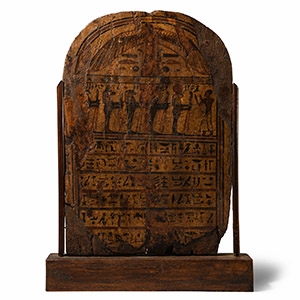
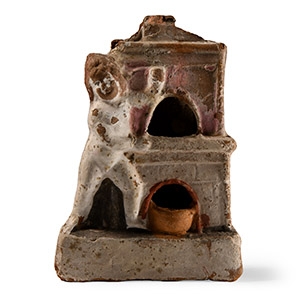

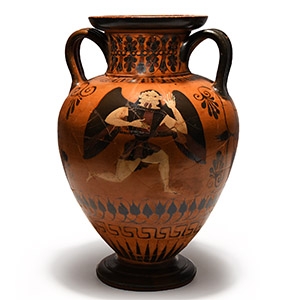
.jpg)
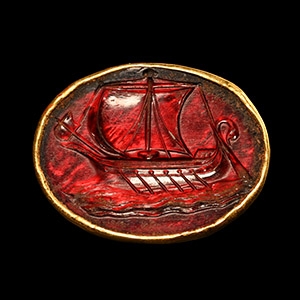
.jpg)

.jpg)
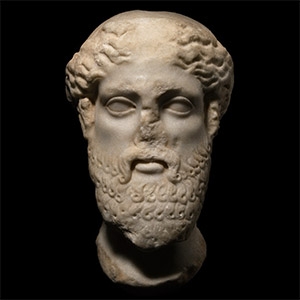
.jpg)
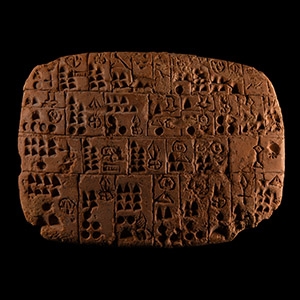

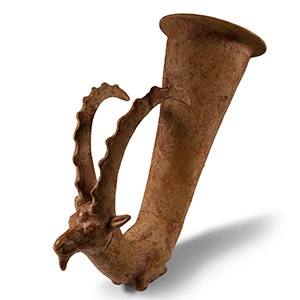
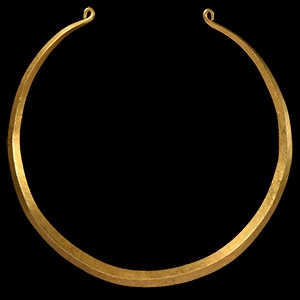
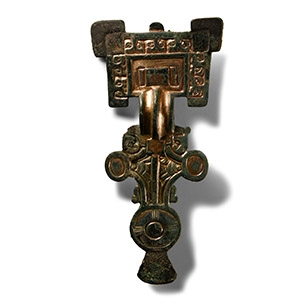
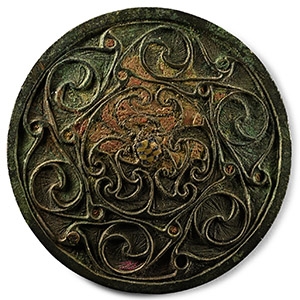

.jpg)
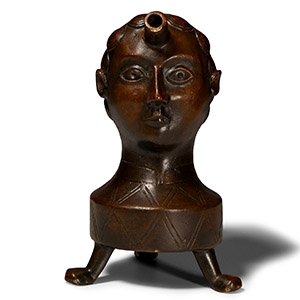
.jpg)

.jpg)
